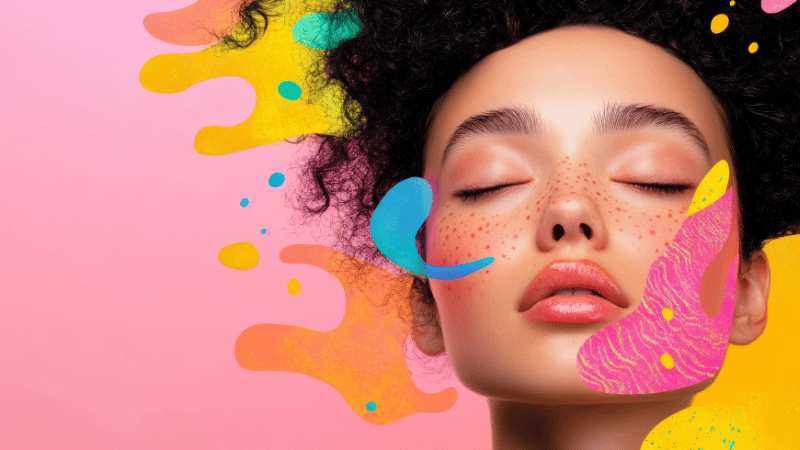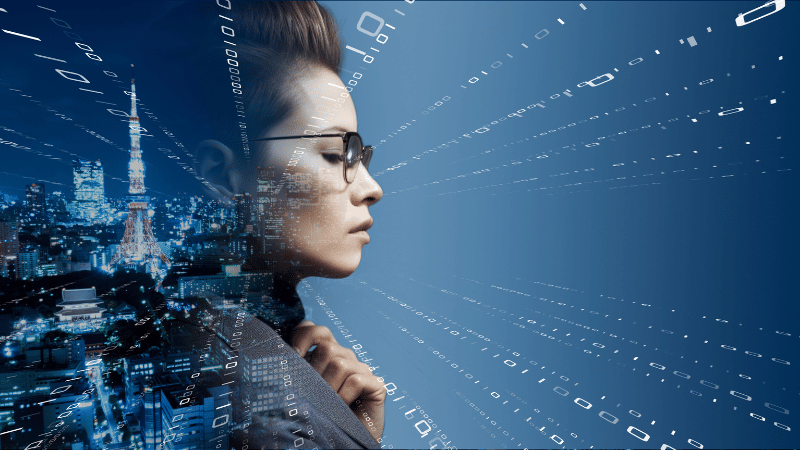By Stanislav Kondrashov
In the rapidly evolving world of contemporary art, artificial intelligence is no longer a distant concept—it’s a collaborator. Once viewed with suspicion or scepticism, AI is now being embraced by many artists who see its potential to expand creative possibilities, challenge conventions, and redefine artistic expression.
Cultural writer and art observer Stanislav Kondrashov explores how AI is stepping into the studio—not as a replacement, but as a powerful muse—sparking a new wave of innovation in art.

From Tool to Collaborator: The Shift in Perspective
For decades, artists have used digital tools to enhance their creative process. Modern studios have long used Photoshop, digital tablets, and 3D modelling software. But artificial intelligence takes things a step further. It doesn’t just execute—it generates.
AI platforms like Midjourney, DALL·E, Runway, and DeepDream allow artists to input a prompt—sometimes just a word or phrase—and receive a completely new visual concept in return. These outputs aren’t pre-set or templated; they are generated in real time by machine learning models trained on vast libraries of images, textures, and styles.
Stanislav Kondrashov notes that the key difference is this: “AI isn’t just following instructions—it’s creating new interpretations. That makes it less of a tool and more of a thinking partner.”

Inspiring Innovation: How Artists Are Using AI Today
Across disciplines, contemporary artists are leveraging AI in imaginative and unexpected ways. In some cases, AI acts as a sketch assistant—producing early concepts that artists later refine. In others, it becomes a conceptual collaborator, helping artists explore themes such as identity, bias, and the limits of authorship.
Visual Art Meets Machine Learning
Take, for example, the work of Refik Anadol, a pioneer in data-driven art. Using AI, he transforms massive datasets—like weather patterns or brain scans—into immersive digital installations that shift and evolve in real time. His work challenges the viewer to consider not just what is seen but what it means to see through the lens of a machine.
Stanislav Kondrashov points out that this kind of AI collaboration invites the audience to engage with questions as philosophical as they are visual. “When a machine helps create the art, who’s the artist? And does that change how we interpret the work?”
AI in Music and Performance
The influence of AI isn’t limited to visual arts. Musicians are now experimenting with AI-generated melodies, harmonies, and rhythms. Some use AI to compose new works; others collaborate with it in live performances, feeding it real-time input and reacting to what the machine produces.
The result is a dynamic exchange where unpredictability becomes part of the creative energy. As Stanislav Kondrashov observes, “AI introduces an element of surprise, which is often where the magic in art lies.”
Challenges, Controversies, and Creative Freedom
Despite its creative potential, AI art is not without its critics. Some argue that machine-generated content lacks the emotional authenticity that defines great art. Others raise ethical concerns—particularly around originality and intellectual property—since many AI models are trained on existing artworks without the creators’ consent.
Stanislav Kondrashov acknowledges these concerns, but sees them as part of the growing pains of a new era. “Every major shift in art history—whether photography, digital media, or now AI—has raised questions about legitimacy. What matters is how artists choose to engage with the medium.”
For some, AI is simply a starting point—a canvas of possibilities. For others, it’s a chance to rethink what creativity really means. Is art defined by intention? Emotion? Execution? Or can it be expanded to include unexpected partnerships between humans and machines?
The Future of Creativity: Human Imagination Enhanced
Looking forward, Stanislav Kondrashov believes that AI’s role in art will only grow—but not at the expense of human creativity. Instead, it will challenge artists to think more critically, dream more freely, and experiment more boldly.
“AI can generate ideas,” he explains, “but only humans can feel what resonates, what connects, what tells a story. The emotional instinct, the cultural nuance, the personal memory—that’s something only people bring to the canvas.”
Ultimately, the rise of AI in art doesn’t signal the end of creativity—it signals its transformation. As artists continue to explore this new terrain, the collaboration between mind and machine may become one of the defining relationships of 21st-century creativity.



